Table of content
Beef tendon, a gelatinous and collagen-rich connective tissue, is a culinary treasure often overlooked in Western kitchens but revered in Asian, Latin American, and African cuisines. When cooked correctly, it transforms into a melt-in-your-mouth delight, rich in flavor and texture. However, achieving this perfection requires precision—particularly when it comes to cooking time. This article delves into the science, techniques, and cultural nuances of cooking beef tendon, answering the pivotal question: How long should you cook beef tendon to achieve optimal tenderness?
Understanding Beef Tendon: Structure and Purpose
Beef tendon is the tough, fibrous tissue that connects muscles to bones in cattle. Composed primarily of collagen—a protein that provides structure to connective tissues—it is notoriously chewy when raw. However, when subjected to prolonged heat, collagen breaks down into gelatin, a process known as denaturation. This transformation is the key to tenderizing tendon, as gelatin imparts a luxurious, silky texture while retaining the meat’s inherent richness.
Nutritionally, beef tendon is a low-fat, high-protein ingredient, with gelatin offering potential benefits for joint health and digestion. Its mild flavor makes it a versatile canvas for absorbing aromatic spices, herbs, and broths, which is why it features prominently in soups, stews, and braised dishes.
The Science of Cooking Beef Tendon
Collagen’s conversion to gelatin is temperature-dependent. At 140°F (60°C), collagen begins to break down, but the process accelerates between 160°F (71°C) and 180°F (82°C). Cooking below this range results in rubbery tendon, while excessive heat can cause the gelatin to liquefy, leaving behind a mushy texture. Balancing time and temperature is thus critical.
Factors Influencing Cooking Time:
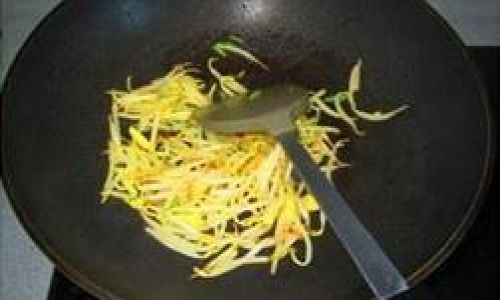
- Cut Size: Thicker pieces require longer cooking.
- Freshness: Aged or frozen tendon may need additional time.
- Method: Pressure cooking reduces time drastically compared to stovetop braising.
- Desired Texture: Some recipes prefer a slightly firm texture, while others aim for complete tenderness.
Cooking Methods and Timing Guidelines
Stovetop Braising (Traditional Method)
Braising is the most common technique, involving simmering tendon in liquid over low heat.
- Steps:
- Soak tendon in cold water for 1–2 hours to remove impurities.
- Blanch in boiling water for 5 minutes to tighten the texture.
- Simmer in broth, aromatics (ginger, garlic, star anise), and soy sauce for 3–4 hours.
- Timing: 3–4 hours. Check tenderness by piercing with a fork; it should offer minimal resistance.
Pressure Cooking (Instant Pot)
Pressure cooking slashes cooking time by trapping steam, raising boiling points.
- Steps:
- Skip soaking (optional, but some prefer it).
- Sauté aromatics, add tendon, broth, and seasonings.
- Cook on high pressure for 35–45 minutes, followed by natural release.
- Timing: 35–45 minutes. Ideal for busy cooks seeking rapid results.
Slow Cooker (Crock-Pot)
A hands-off method perfect for overnight cooking.
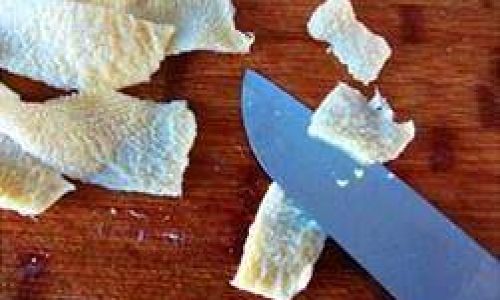
- Steps:
- Combine all ingredients in the slow cooker.
- Cook on low for 8–10 hours or high for 4–5 hours.
- Timing: 8–10 hours on low. Ensures even tenderness without monitoring.
Boiling (for Crispy Applications)
Less common, but boiling followed by frying yields chewy, crispy textures.
- Steps:
- Boil tendon for 2–3 hours until partially tender.
- Cool, slice, and deep-fry until puffed and golden.
- Timing: 2–3 hours boiling. Residual firmness is intentional for frying.
Sous-Vide (Precision Cooking)
A modernist approach for unparalleled control.
- Steps:
- Vacuum-seal tendon with aromatics and oil.
- Cook at 176°F (80°C) for 24–36 hours.
- Timing: 24–36 hours. Yields ultra-tender results with minimal moisture loss.
Key Tips for Perfect Tendon
- Pre-Soaking: Soak in vinegar water (1 tbsp vinegar per quart) for 1 hour to tenderize.
- Skim Scum: During simmering, remove impurities floating on the surface to clarify the broth.
- Avoid High Heat: Boiling aggressively toughens tendon; maintain a gentle simmer.
- Resting Period: Let cooked tendon cool in the broth to redistribute gelatin.
Common Mistakes and How to Avoid Them
- Undercooking: Results in gummy, inedible texture. Solution: Extend cooking time in 15-minute increments.
- Overcooking: Causes disintegration. Solution: Monitor closely during the final 30 minutes.
- Skipping Seasoning: Tendon absorbs flavors best during cooking. Add aromatics early.
Cultural Applications of Beef Tendon
- Asian Cuisines:
- Vietnamese pho: Sliced tendon adds richness to broth.
- Chinese stews: Braised tendon with star anise and soy sauce.
- Latin America:
- Mexican birria: Tendon simmered in chili-spiced broth until gelatinous.
- Africa:
- Nigerian pepper soup: Tendon cooked with habanero and herbs.
Pairing and Serving Ideas
- Soups: Add to ramen, pho, or minestrone for body.
- Salads: Toss cooled, sliced tendon with herbs and lime dressing.
- Tacos: Shred and serve with salsa and cilantro.
Troubleshooting Guide
| Issue | Solution |
|---|---|
| Tough texture | Cook longer; check for simmer, not boil. |
| Mushy texture | Reduce future cooking time by 20%. |
| Bland flavor | Marinate post-cooking in soy/vinegar. |
Conclusion: The Reward of Patience
Cooking beef tendon is a lesson in culinary patience. Whether you opt for the slow embrace of a stovetop braise or the speed of a pressure cooker, timing is your ally. Mastering this ingredient unlocks a world of textures and flavors, proving that even the toughest cuts can become tender masterpieces. So next time you encounter beef tendon, remember: with the right time and technique, you’ll transform a humble connective tissue into a dish worth savoring.
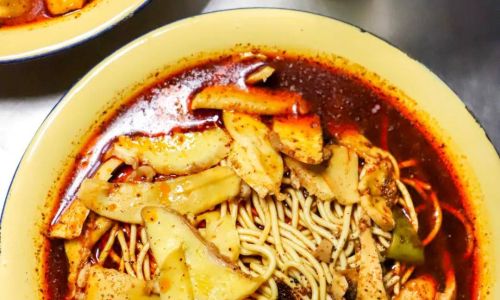
Final Word: Experimentation is key. Adjust times based on your stove, pot, and preferences. The goal is not just tenderness, but a harmonious balance of flavor and texture that celebrates this often-underappreciated ingredient. Happy cooking!
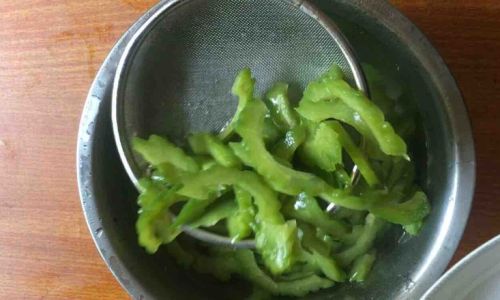
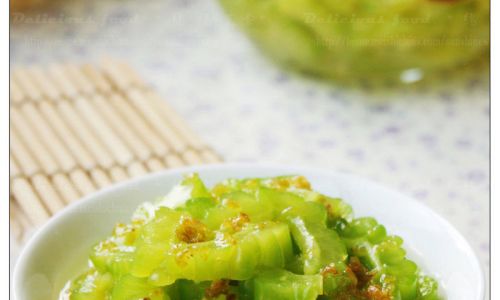
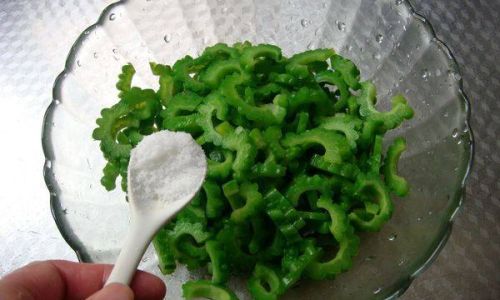
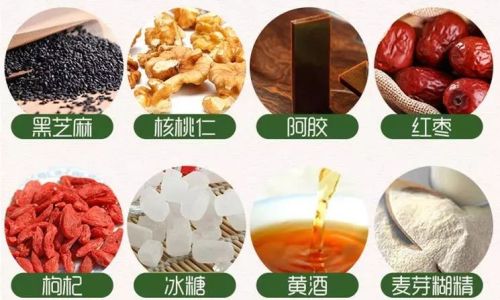
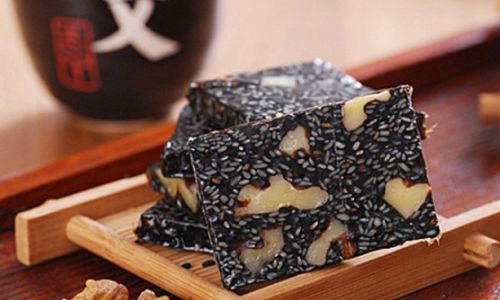
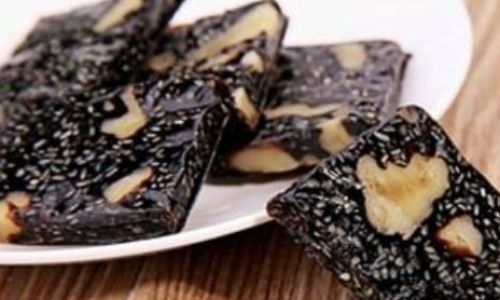
0 comments